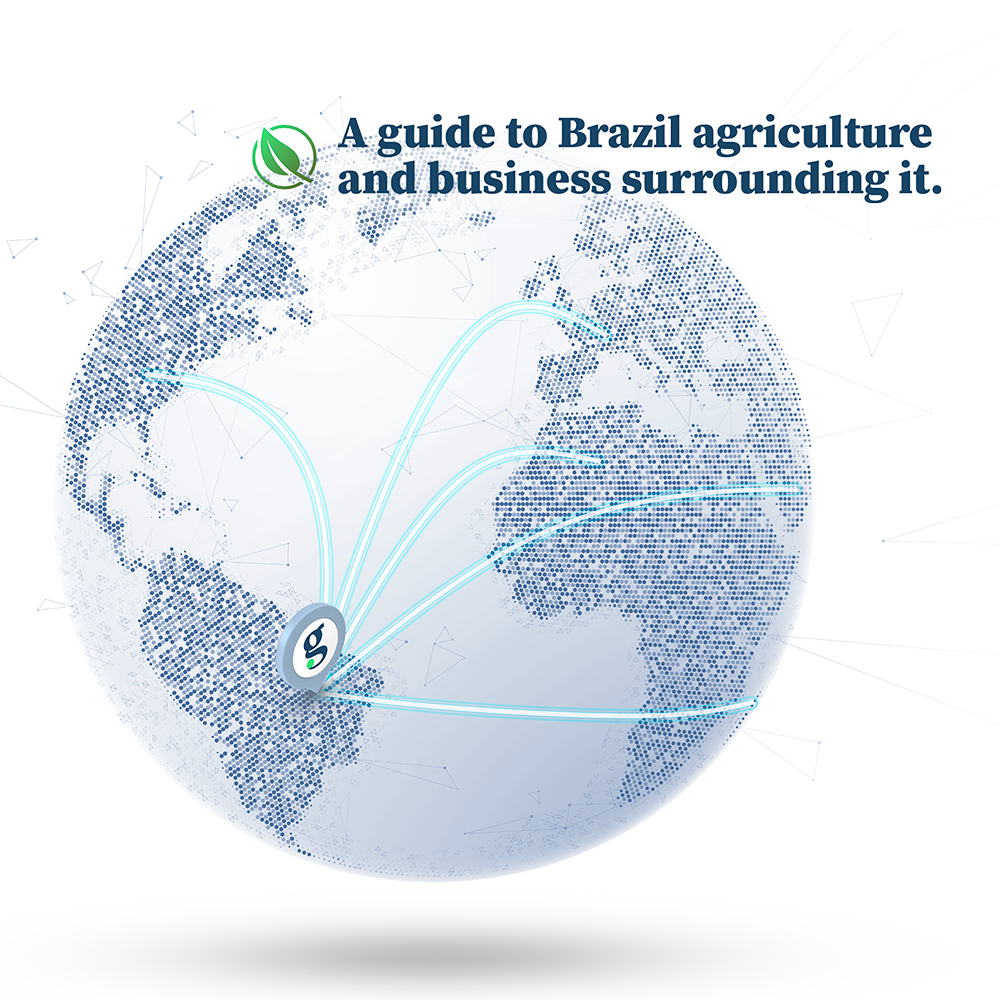
Brazilian grain exports have gained competitiveness over the past decade due to logistics improvements, especially as new corridors taking agricultural products to major destinations have emerged in the northern region with new ports and waterways.
Still, railways’ transportation capacity hasn’t grown at the same pace as Brazil’s grain production, keeping exporters dependent on trucks.
Shippers’ reliance on road transportation to take soybeans from farms to ports has increased from 2010 to 2023, according to a study from Esalq-Log, a research arm focused on logistics at Sao Paulo University.
Trucks moved 55% of total soybeans to ports in 2023, up from 45% in 2010, the study found. Meanwhile, railways accounted for 33% of total movements in 2023, falling from 47% in 2010.
“Brazil’s soybeans and grains shipments have risen at a higher pace compared to railways’ transportation capacity,” said Thiago Guilherme Péra, an economist at Esalq-Log and the author of the study.
Meanwhile, transportation through barges has increased its share on soy and grains shipments, rising from 8% to 12% in the same period. That’s an outcome from the construction of inland waterways in the northern region following a new regulation in 2013 that enabled the construction of private terminals.

Major trading companies such as Bunge, Cargill, ADM and Dreyfus have made strong investments in private terminals and barges over the past decade as they looked for alternatives to avoid congestion in traditional export corridors and reduce costs. Nowadays, private-owned terminals handle more than half of the nation’s export volume, according to Esalq-Log.
“If it weren’t for these new corridors using waterways, Brazil would be even more dependent on trucks,” said Péra.
Waterways are the key difference between transportation modalities most adopted in Brazil and the US, which rivals the South American nation in the global trade of soy and corn. While rail’s share on soybean exports is similar (around 30% of the total for both nations), waterways account for more than half of US soybeans exports versus only 13% in Brazil.
The figure is even more impressive considering the average distance from farms to ports: in Brazil, farms are 625 kilometers distant from export terminals on average. In the US, the average distance is 80 km, according to another study from Esalq-Log.
As a result, the cost of transporting soybeans in Brazil is higher than in the US. While the cost of taking a cargo from Sorriso, a growing municipality in Mato Grosso’s north, to Shangai is estimated at $138.50 a ton (using inland road transportation), it’s worth $103.05 from Davenport, in Iowa, through the US Gulf, according to Esalq-Log.
Rail freights are from 10% to 30% cheaper than road freight rates in Brazil, considering the same distance, Pera said.
Investments in railway capacity should target two approaches: increasing the number of railways, which means boosting the network, and improve the productivity of the current railways with investments in increasing wagon capacity and new locomotives able to support a bigger number of wagons, said Pera.
“Brazil invests only 5% of its GDP in transport infrastructure. In the US and China, this figure surpasses 2%,” he added.
Why It Matters
Logistic costs are crucial for the profitability of traders and farmers. In Brazil, its weight is even more important considering long distances from farms to export ports.
This year, the shortage of rail and inland infrastructure capacity may become more noticeable as the competition for transportation is expected to be tougher in a narrow window due to the concentration of soybean planting in a shorter-than-used period.
“We expect road freights to reach a peak between the second half of February and March,” said Fernando Bastiani, a researcher at Esalq-Log.








